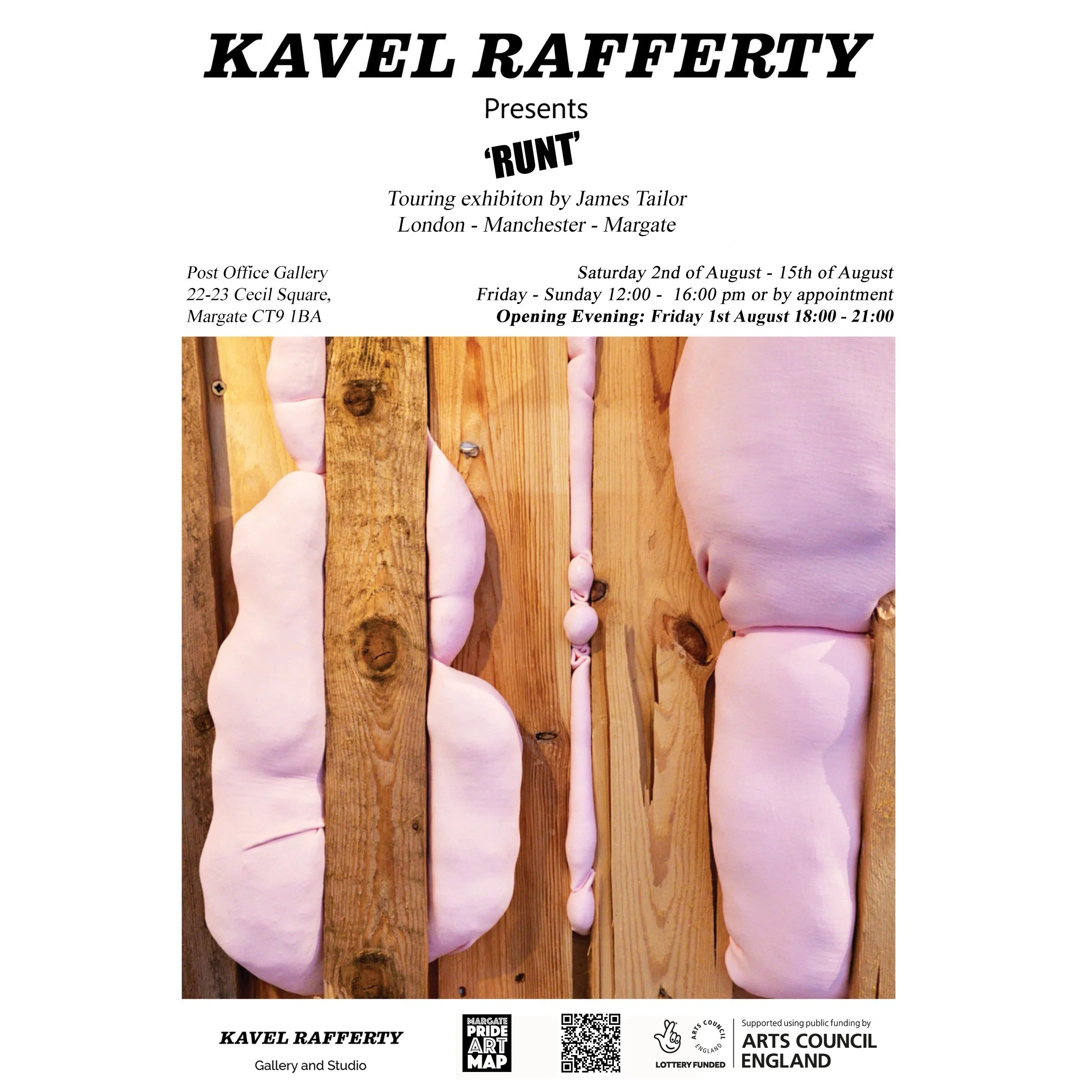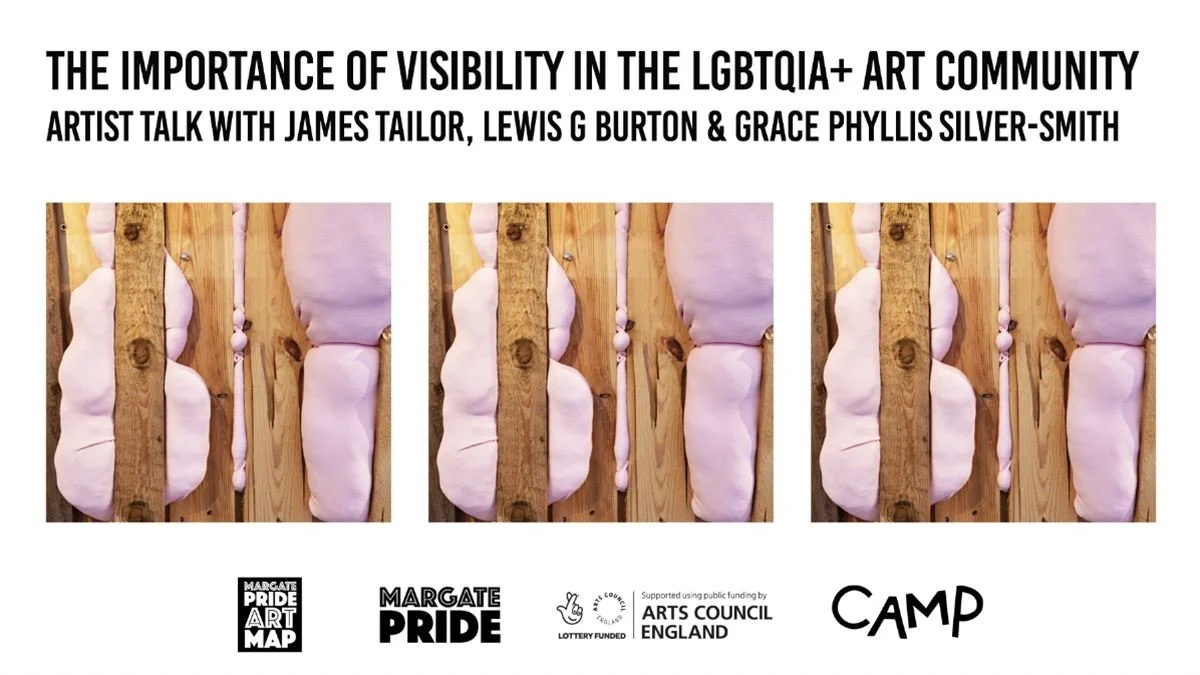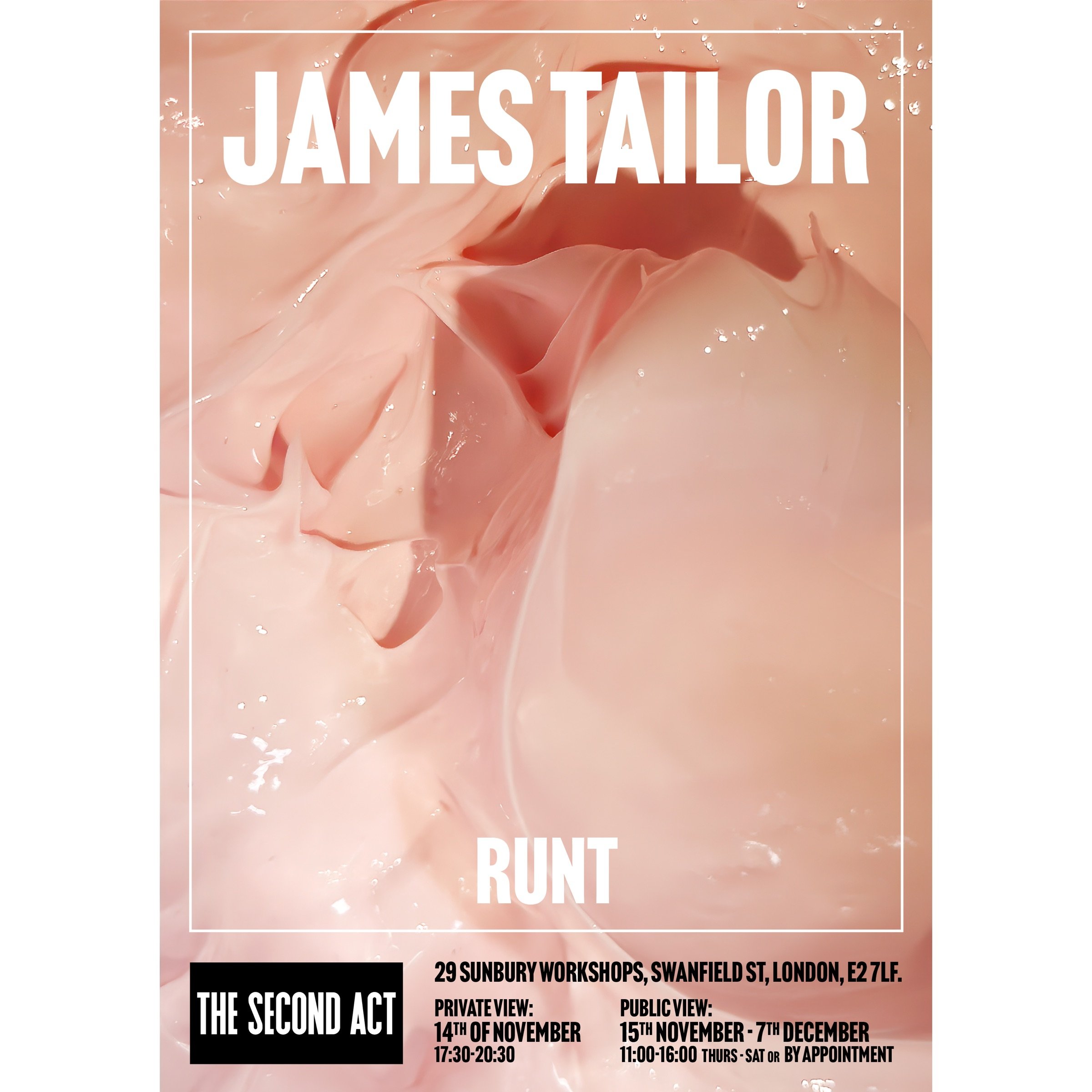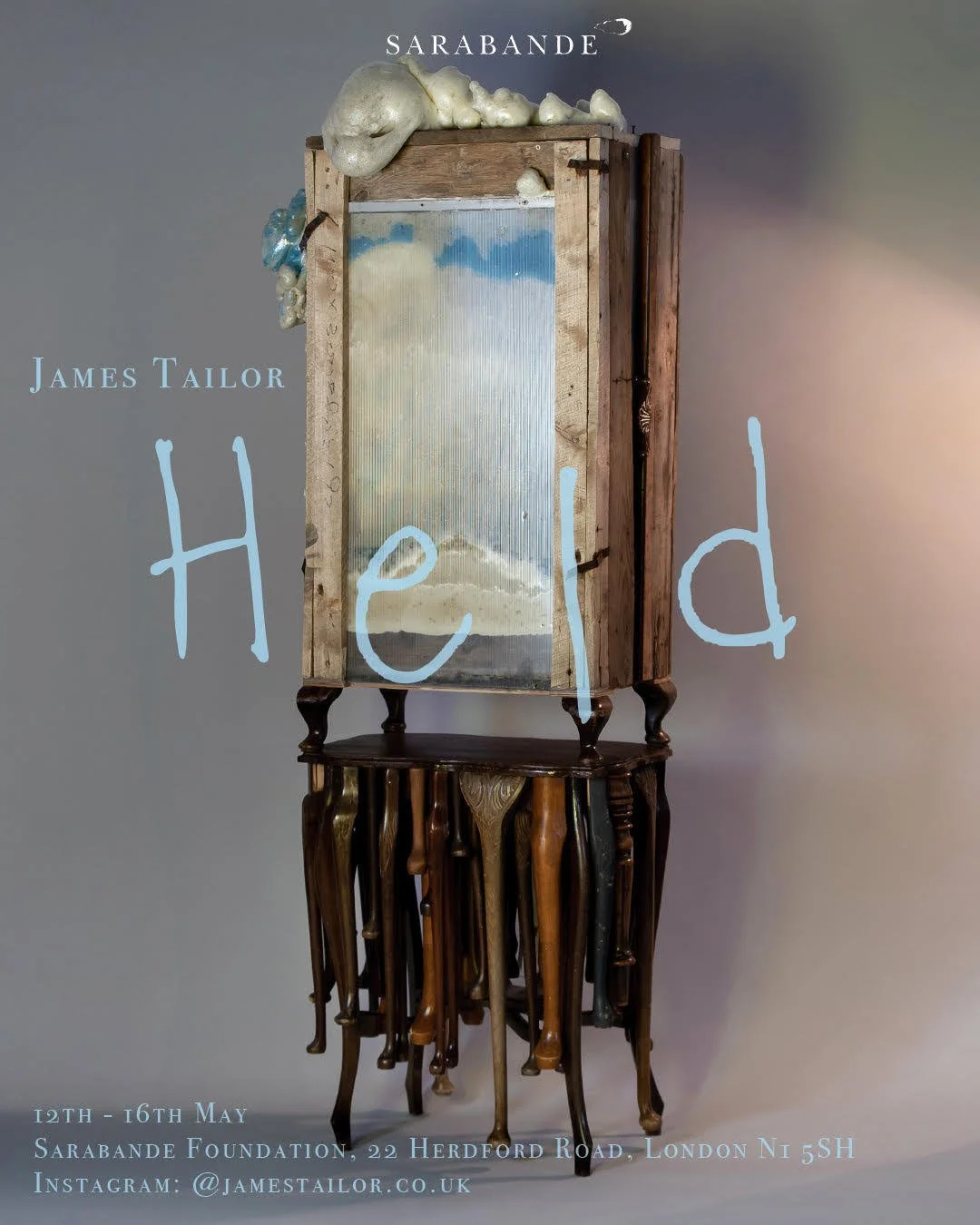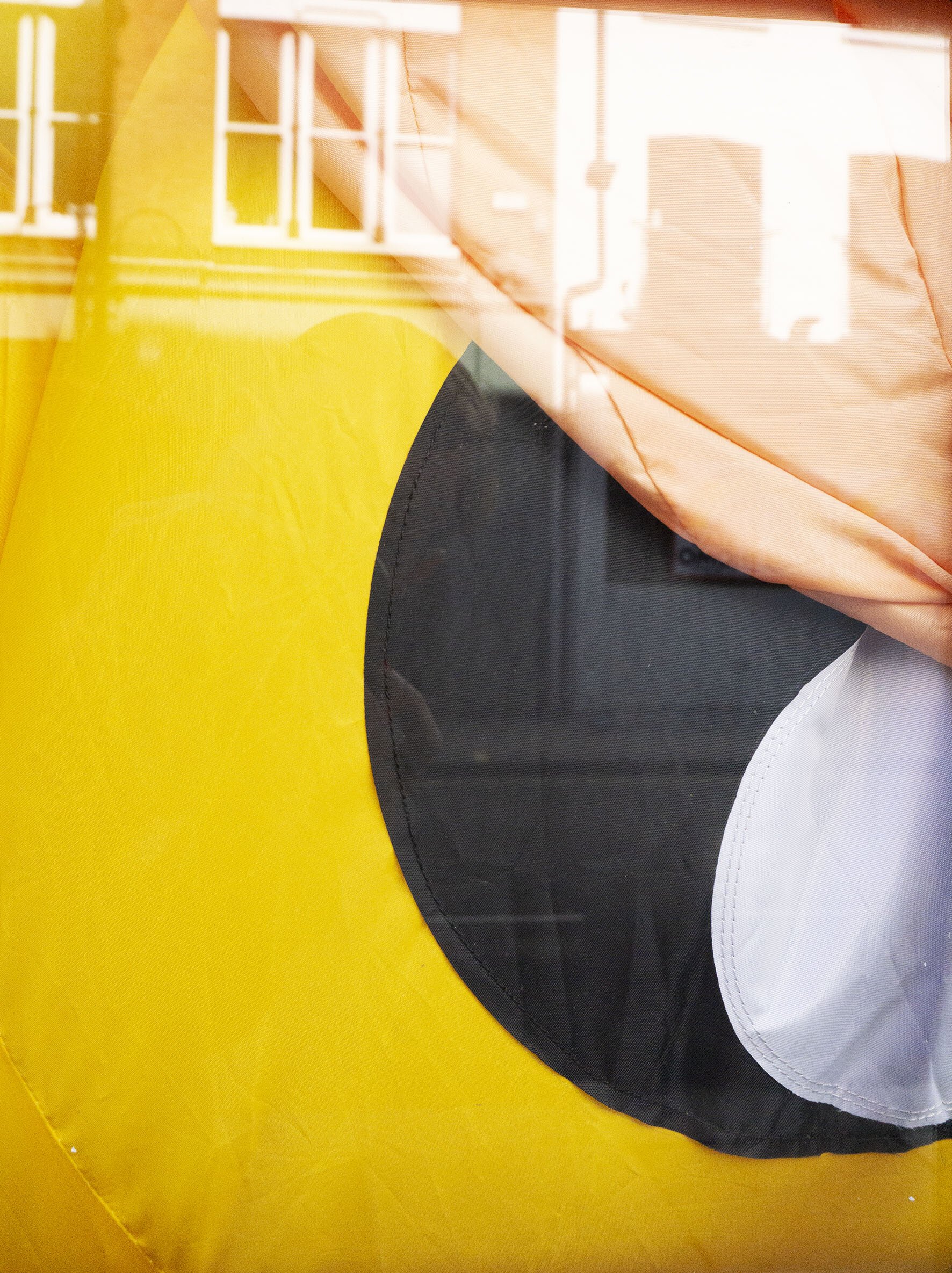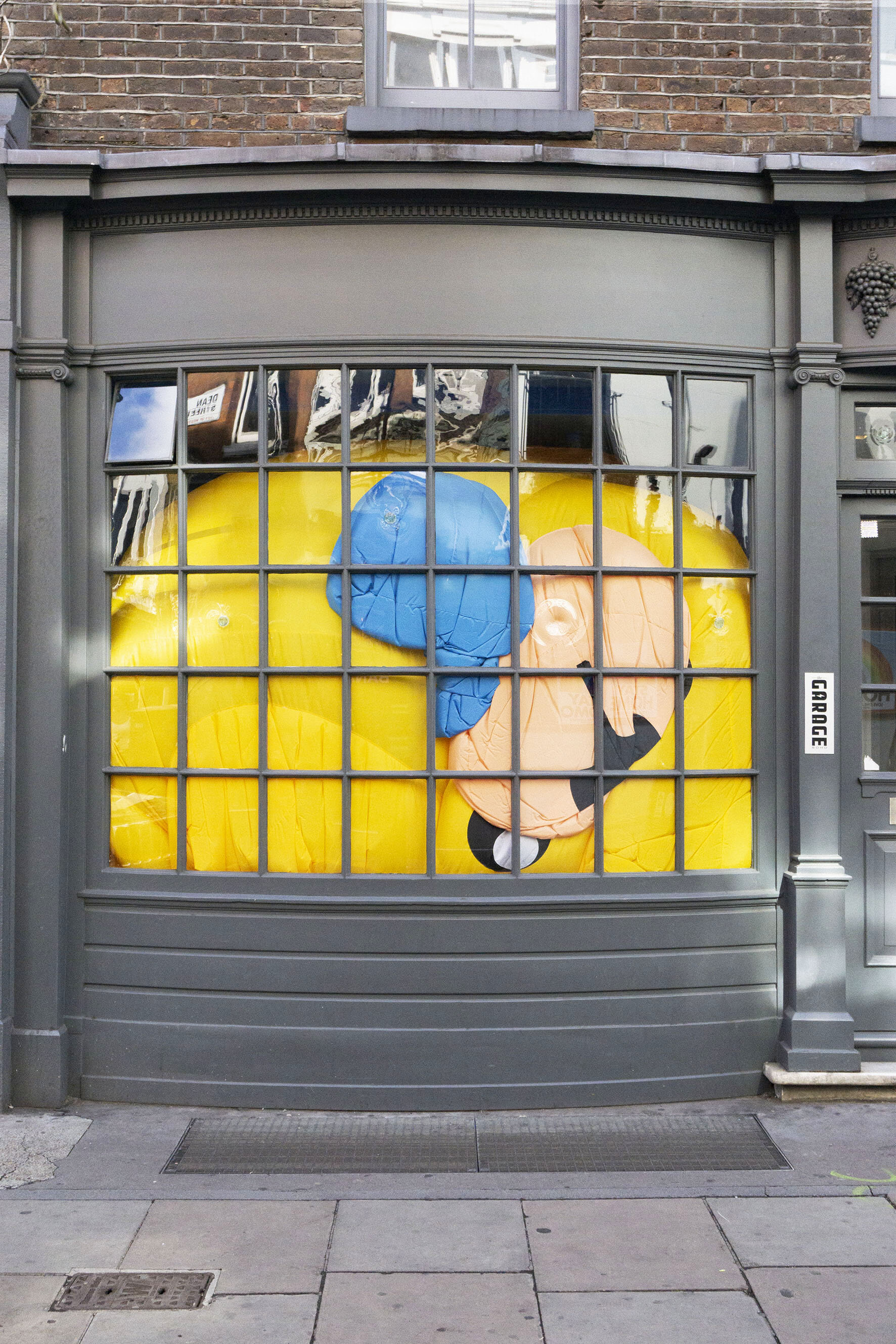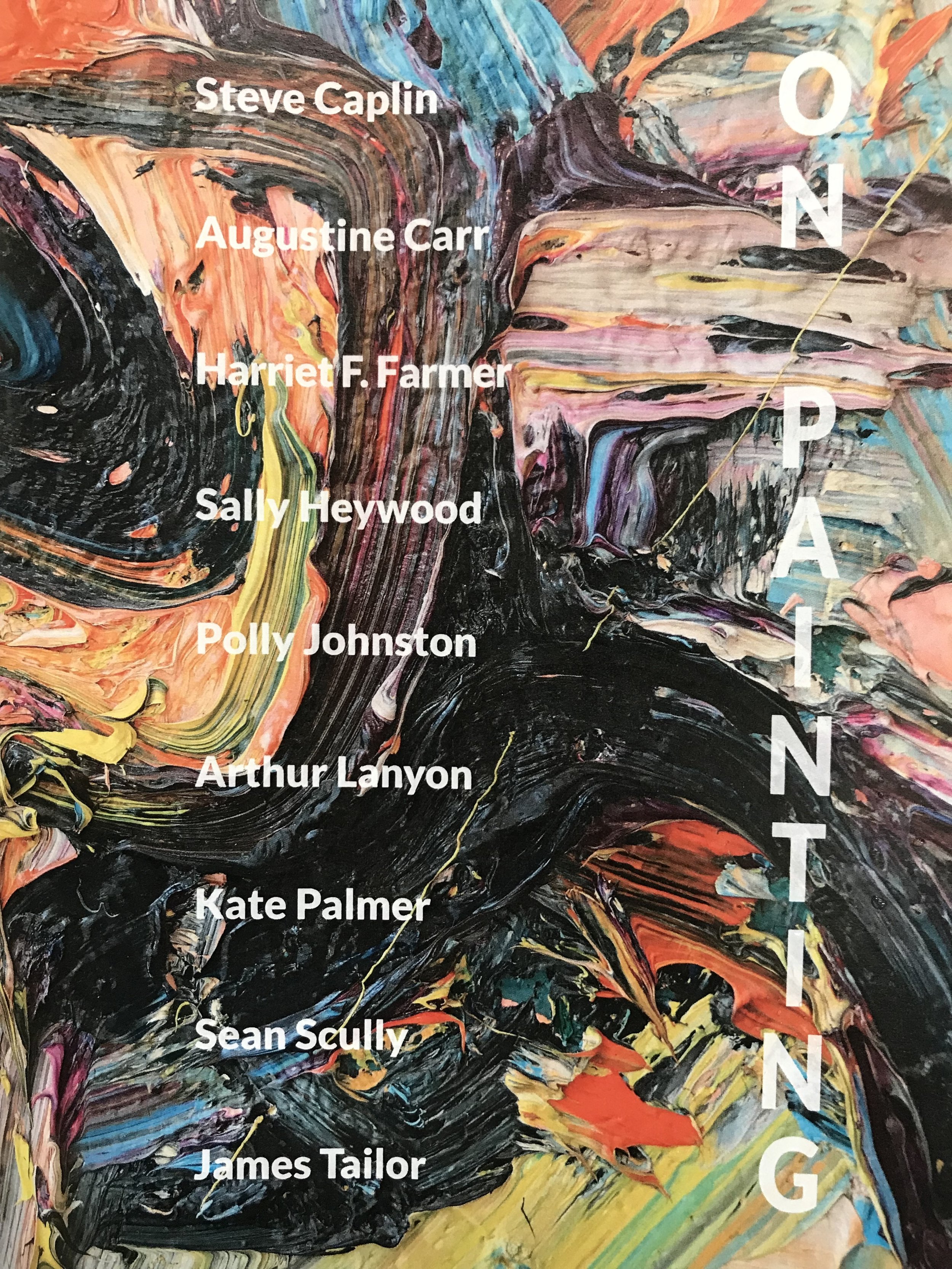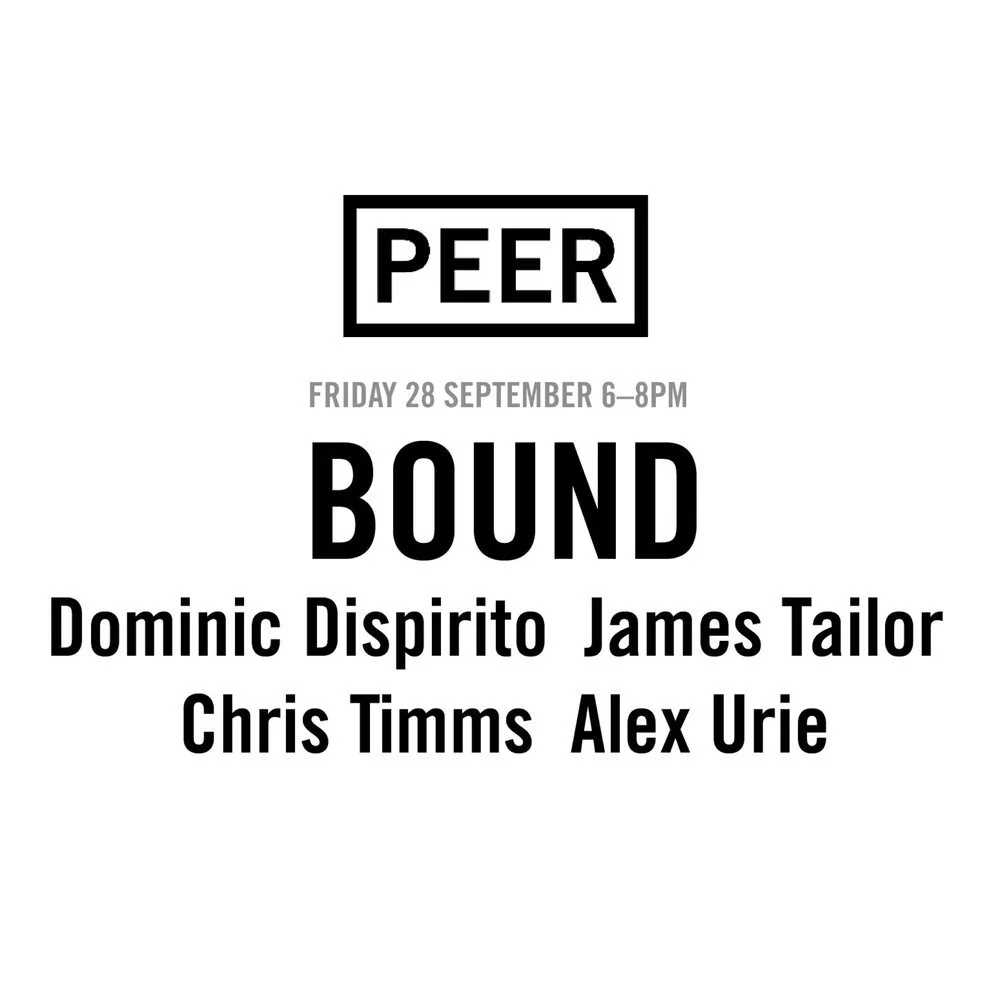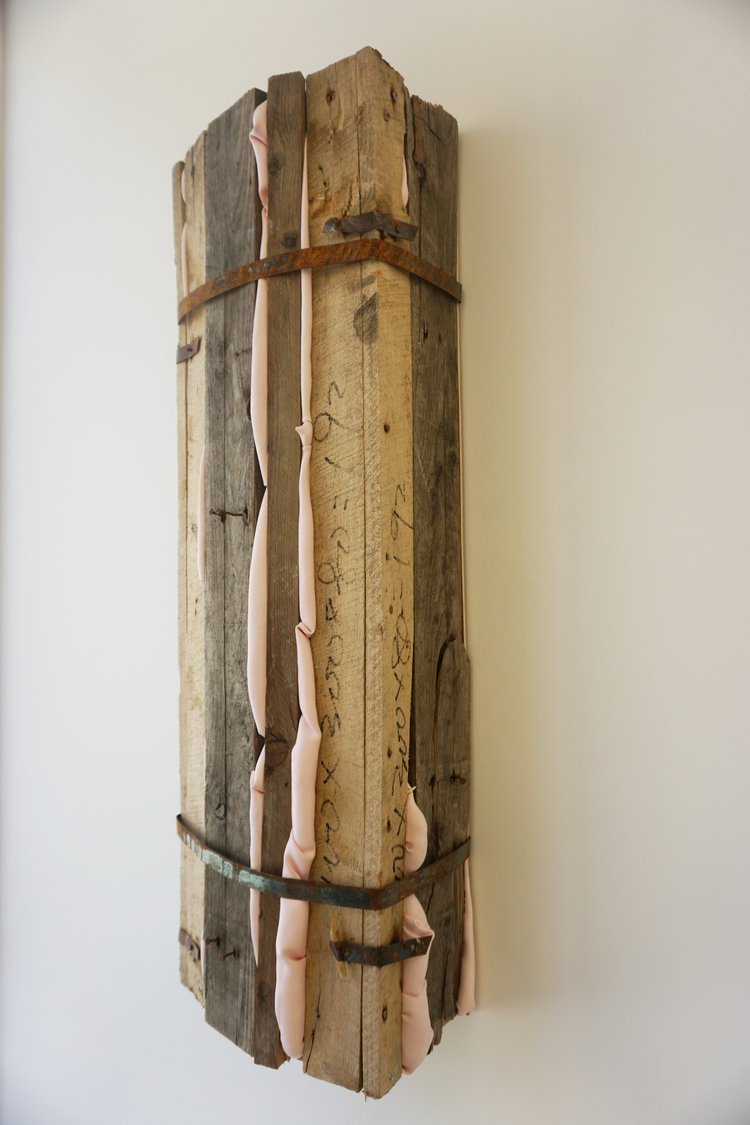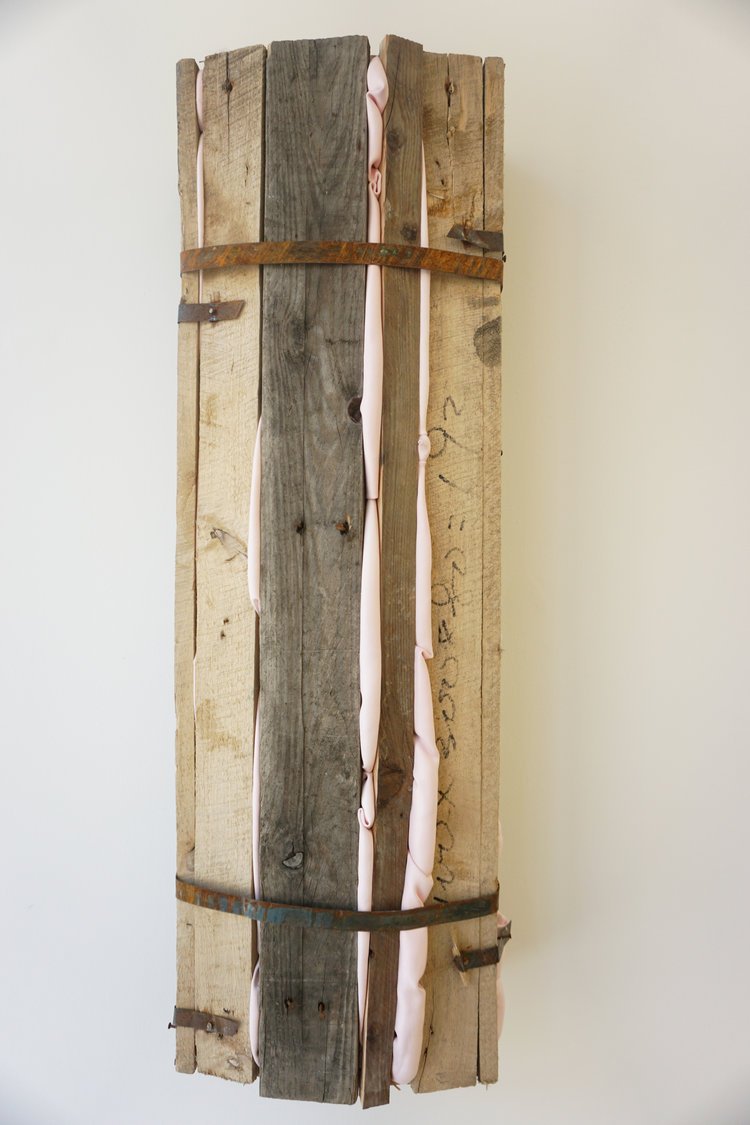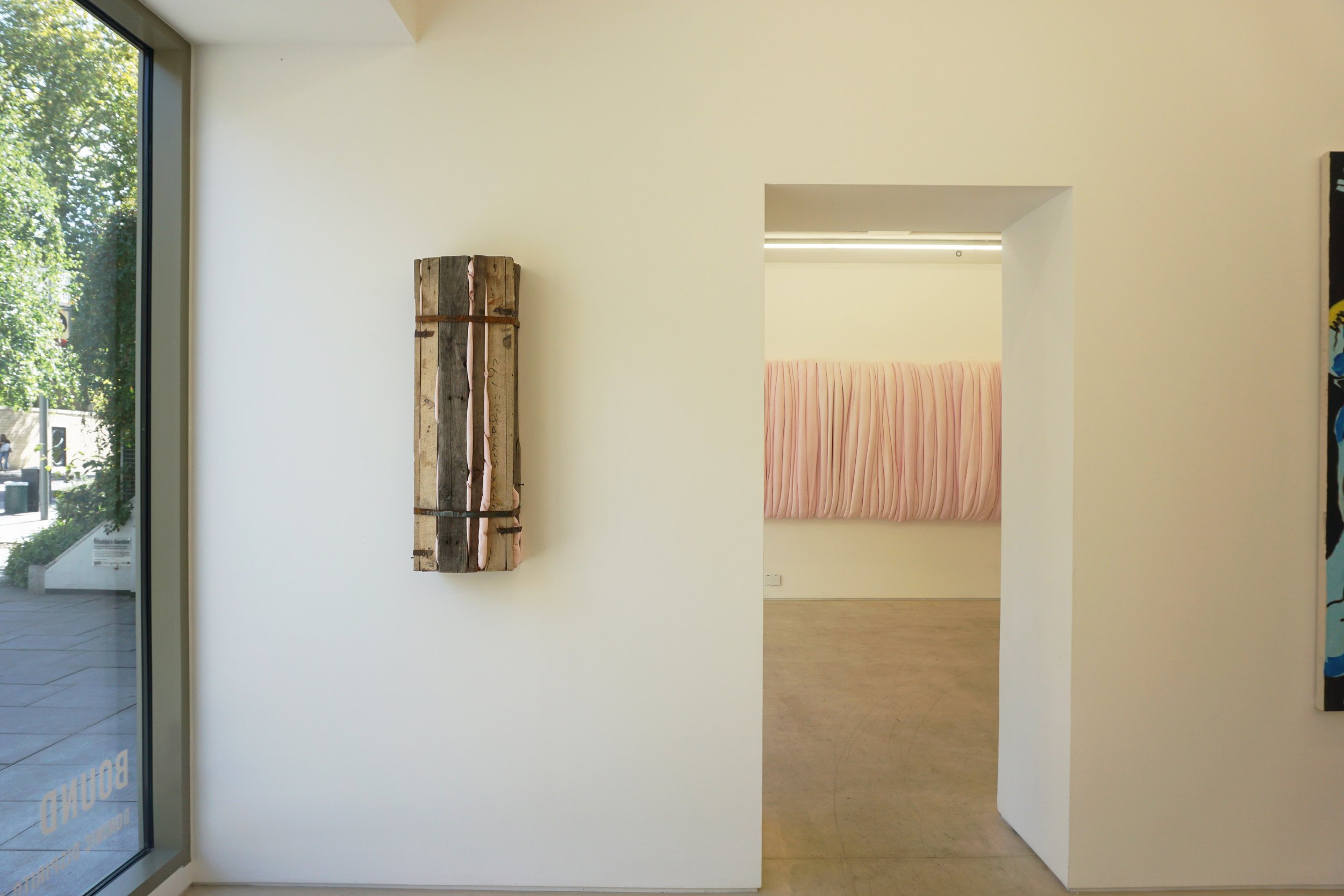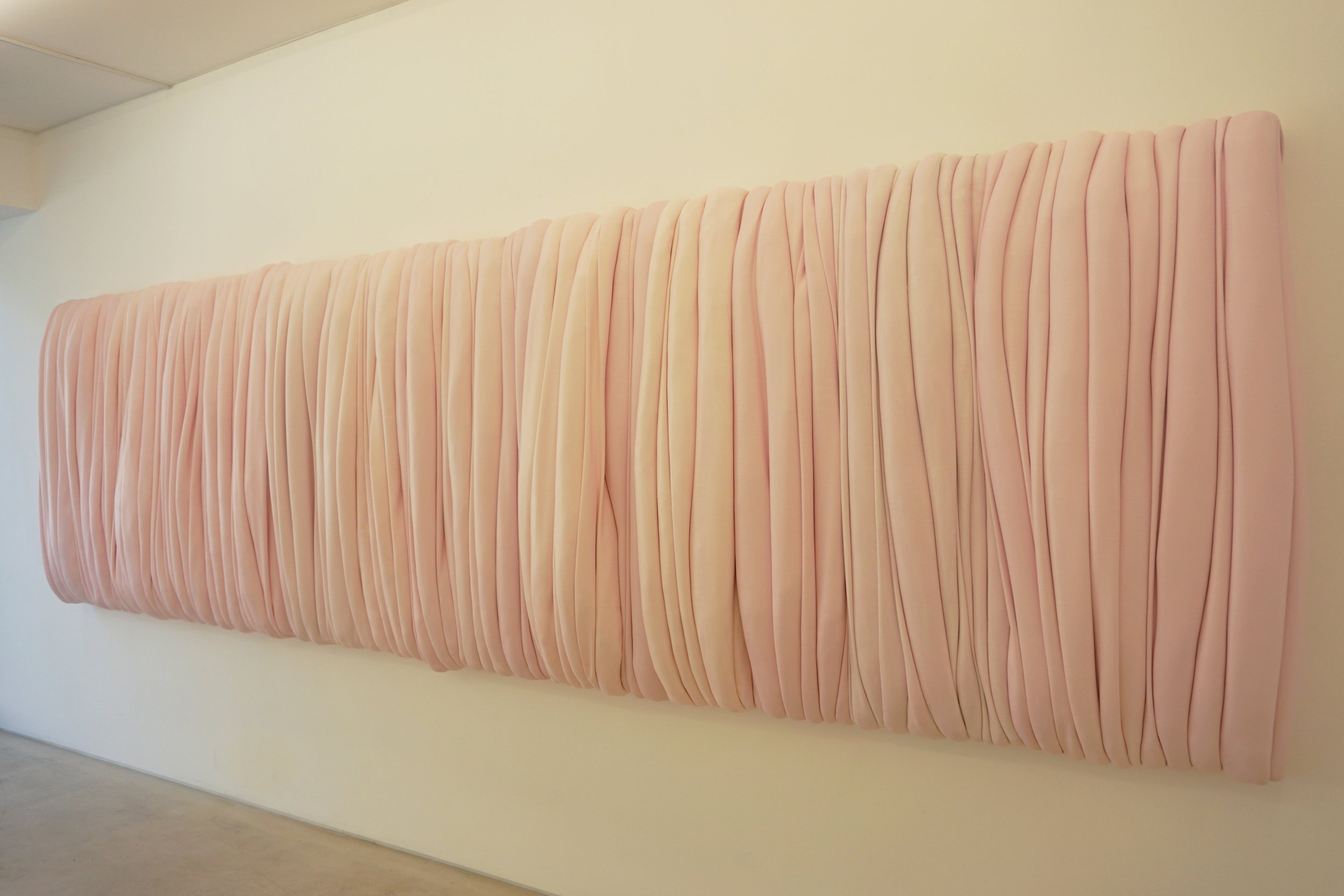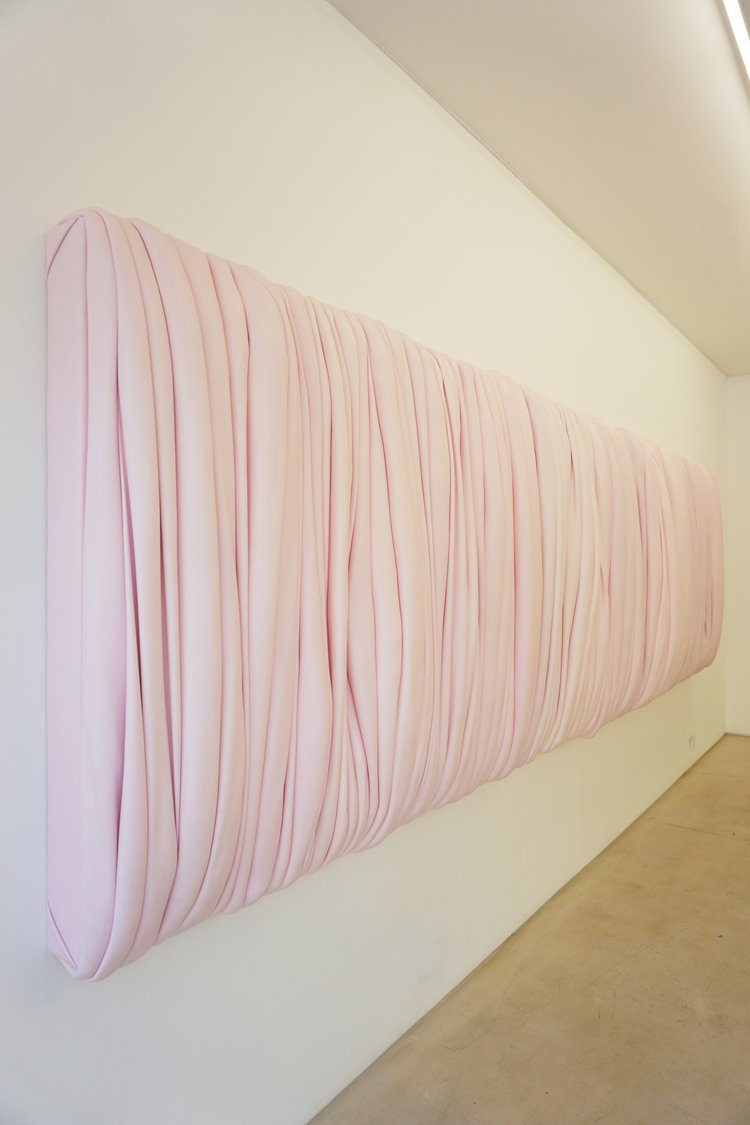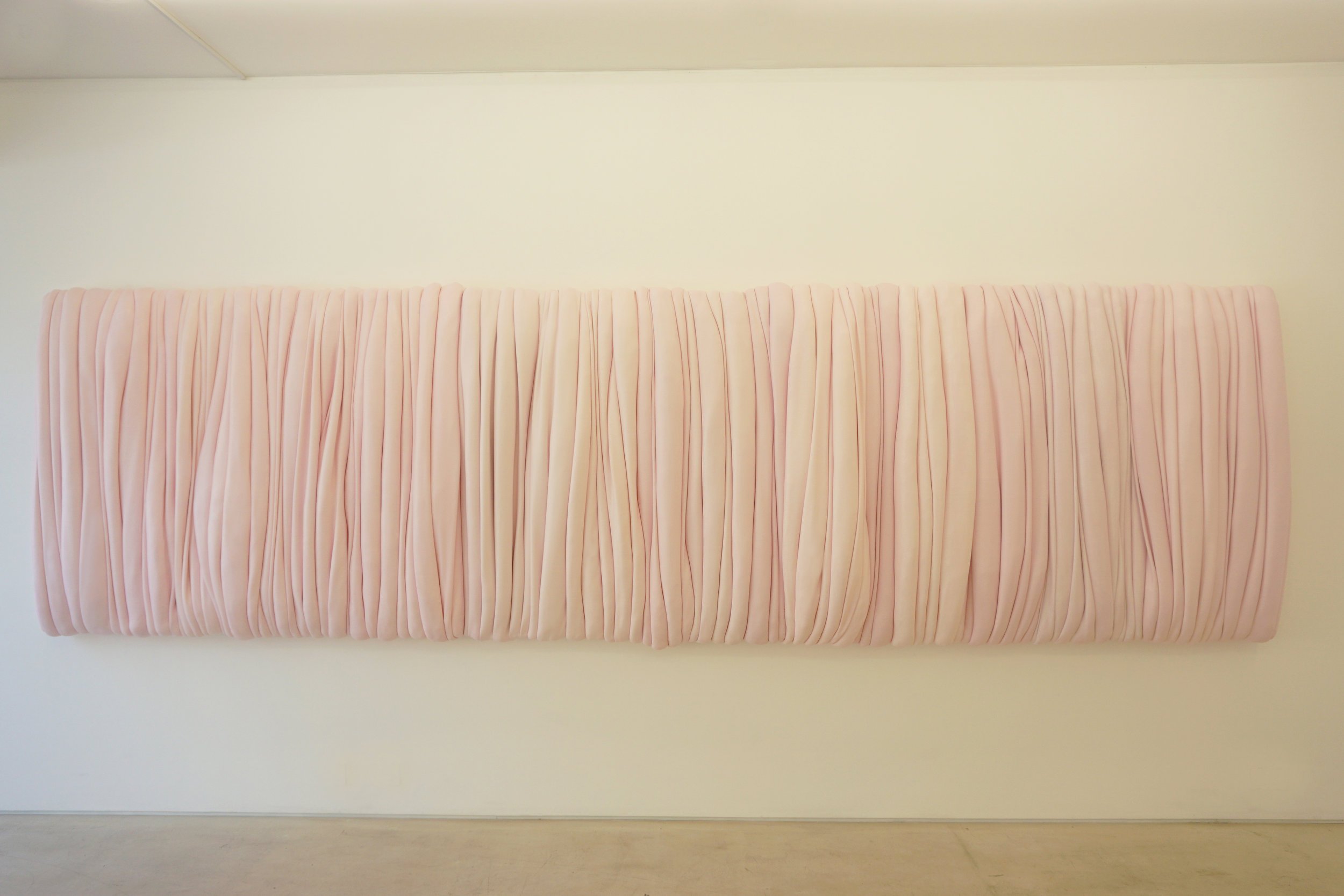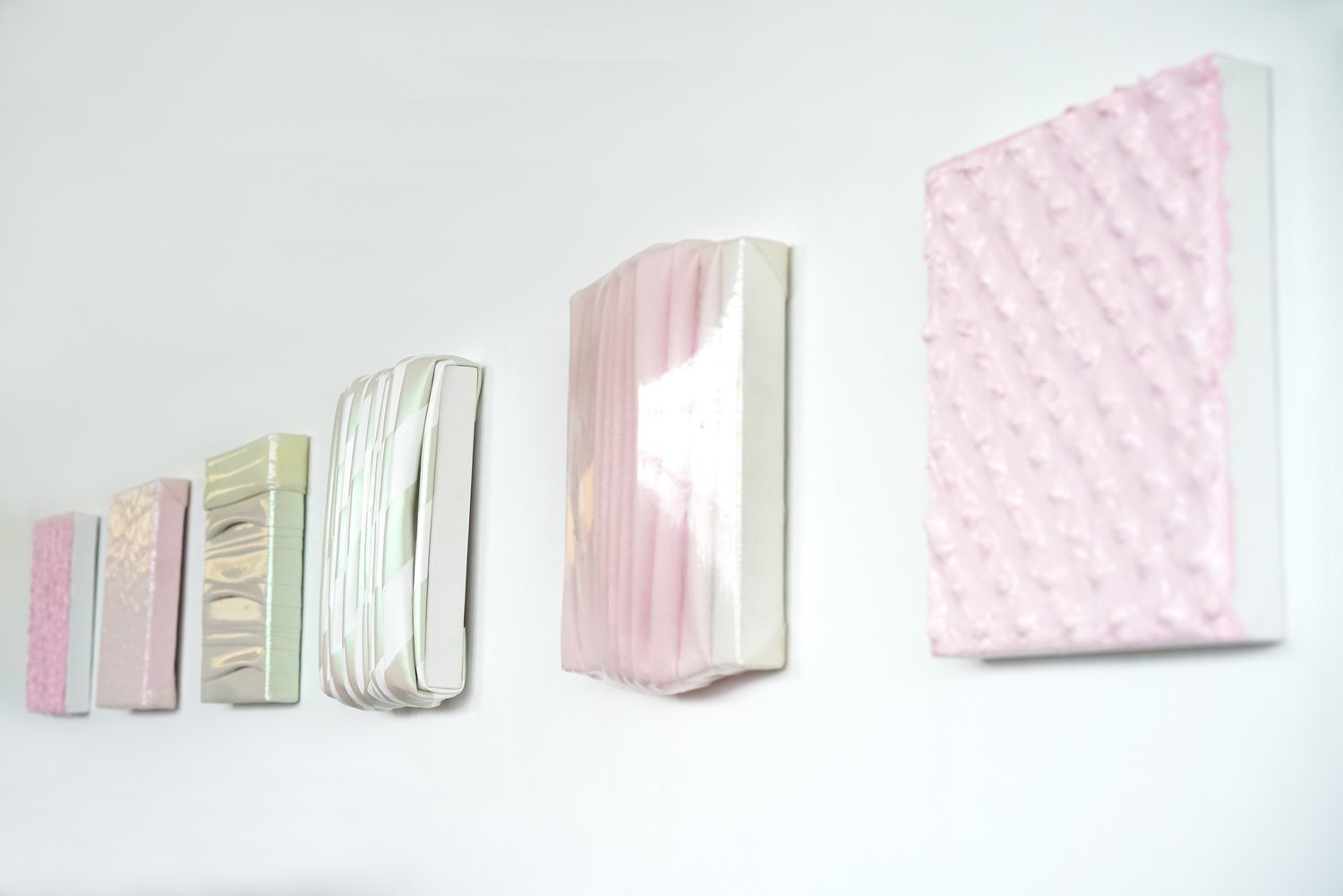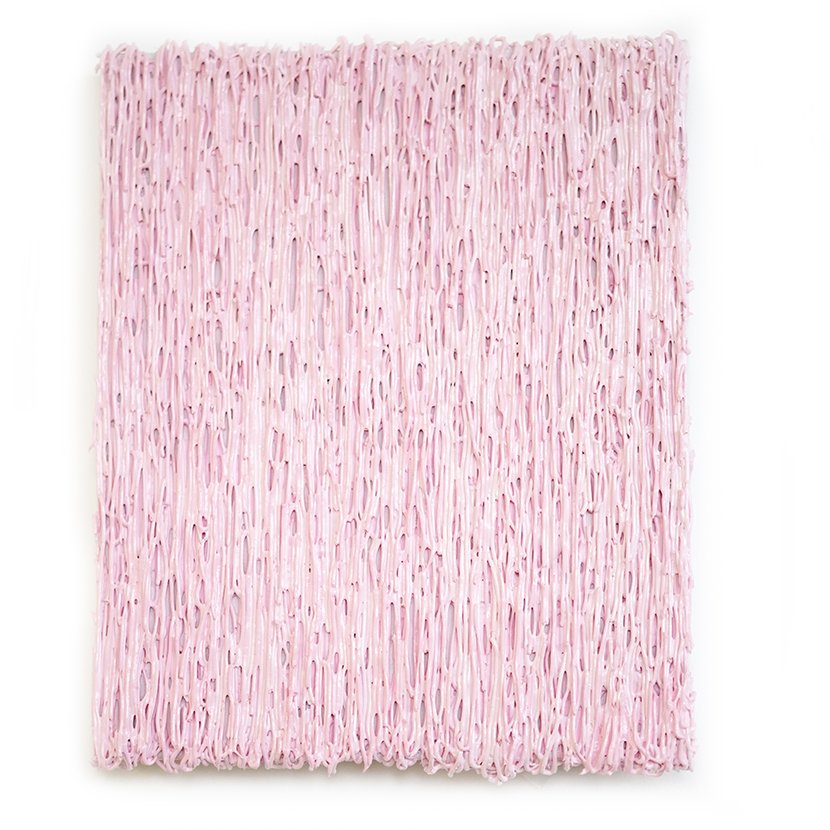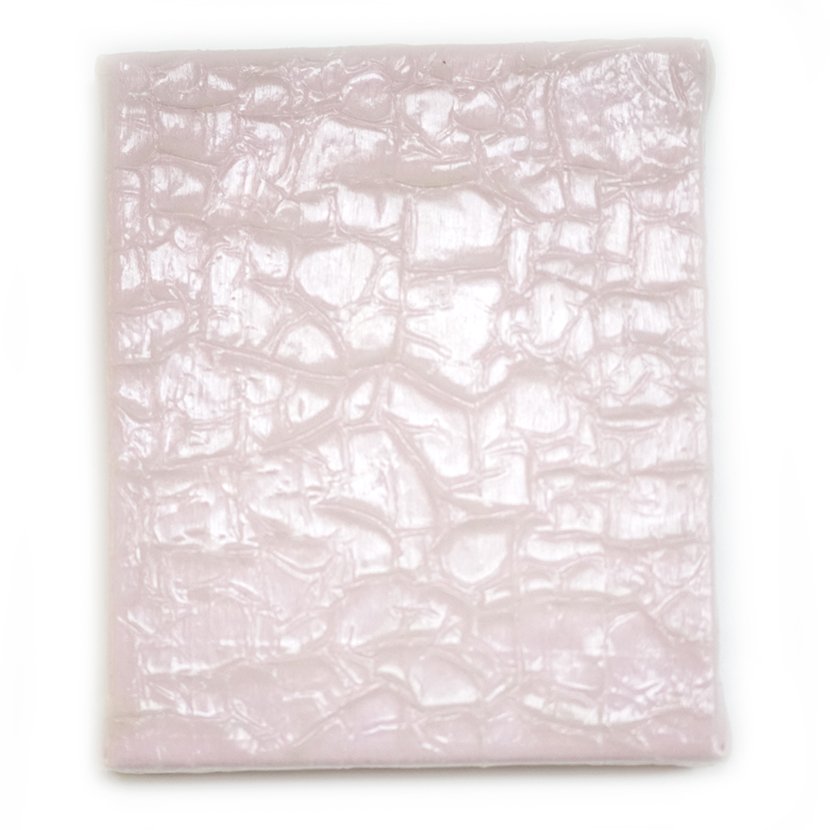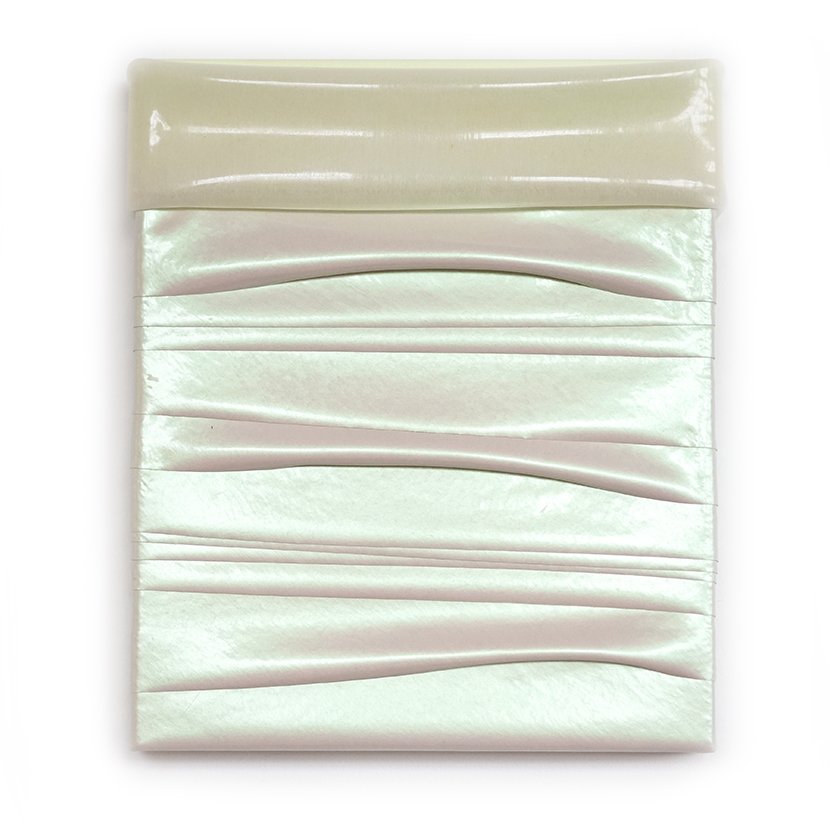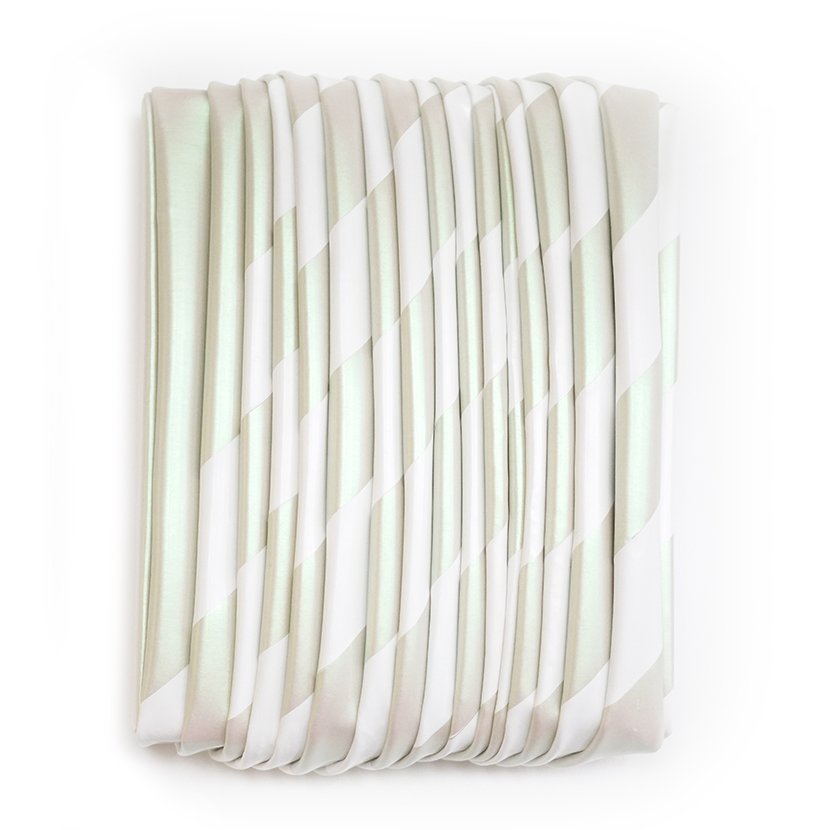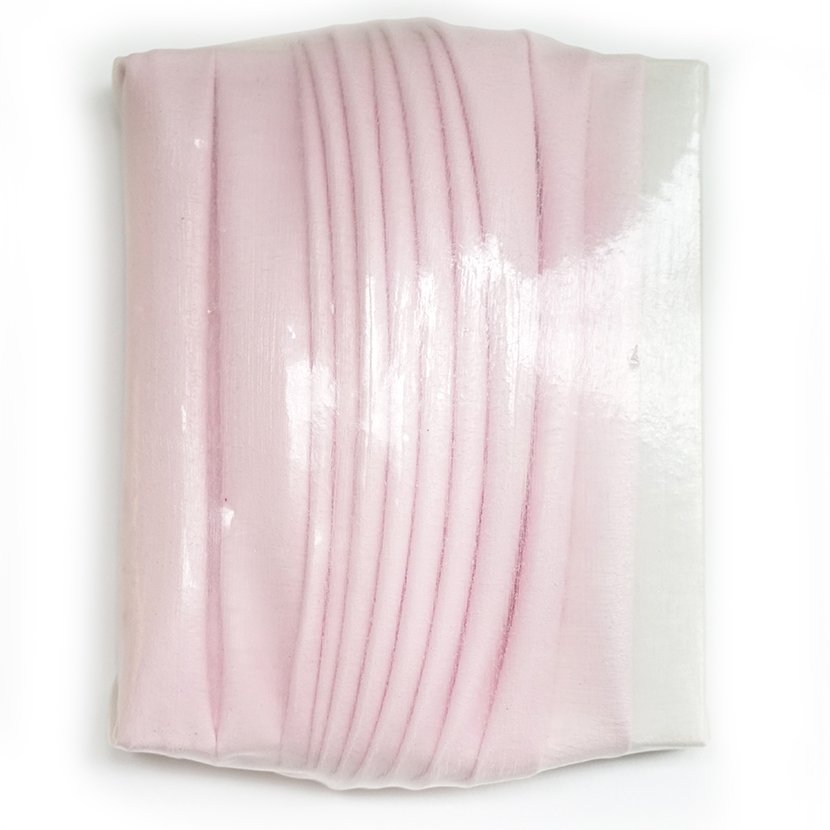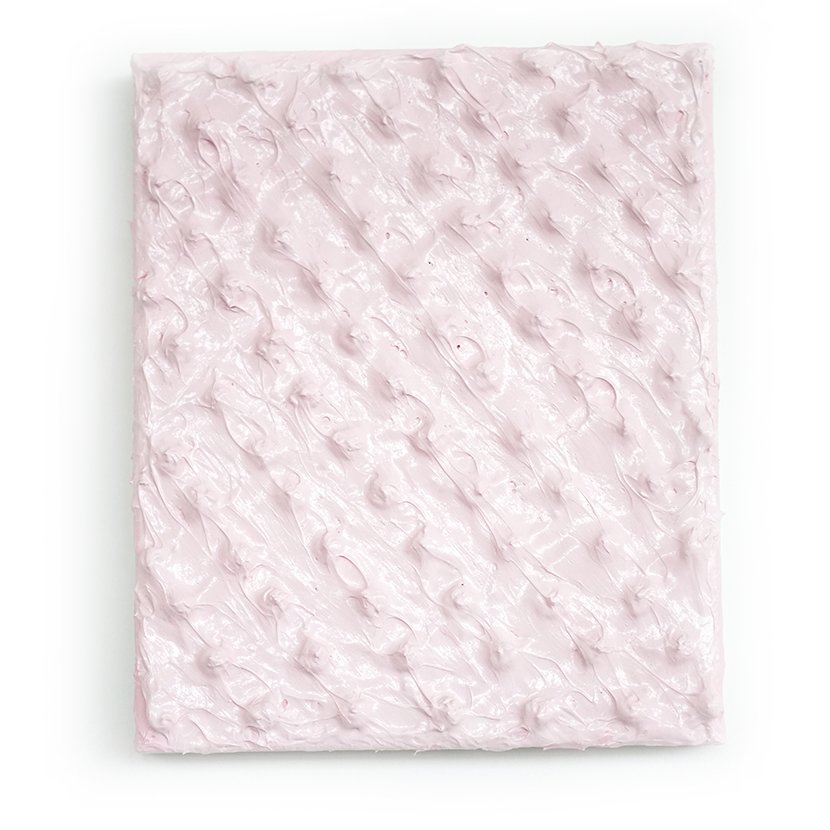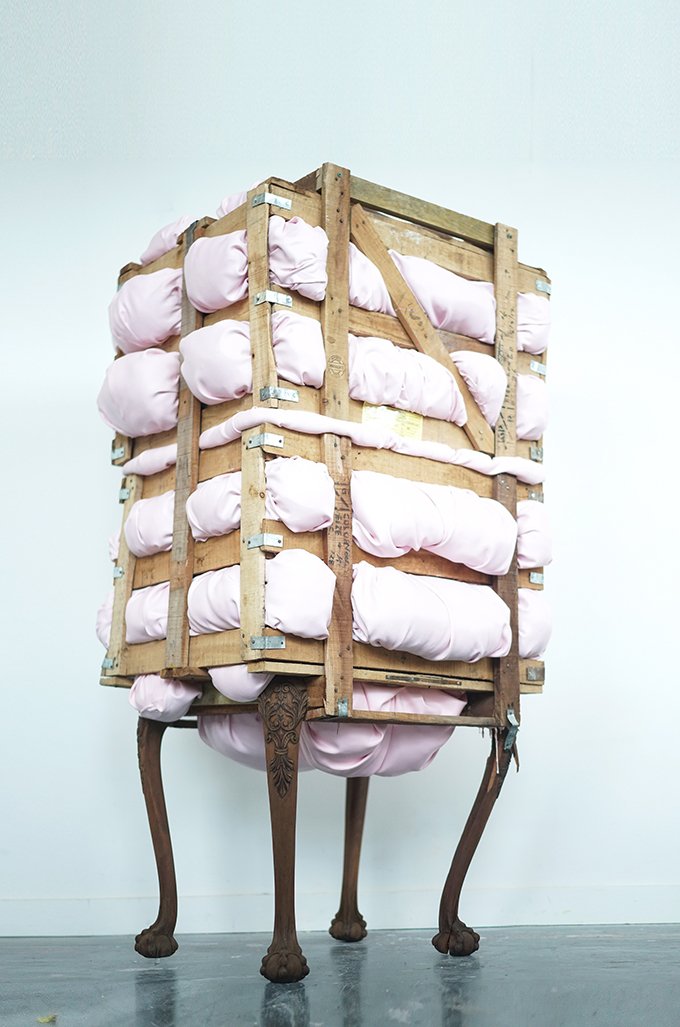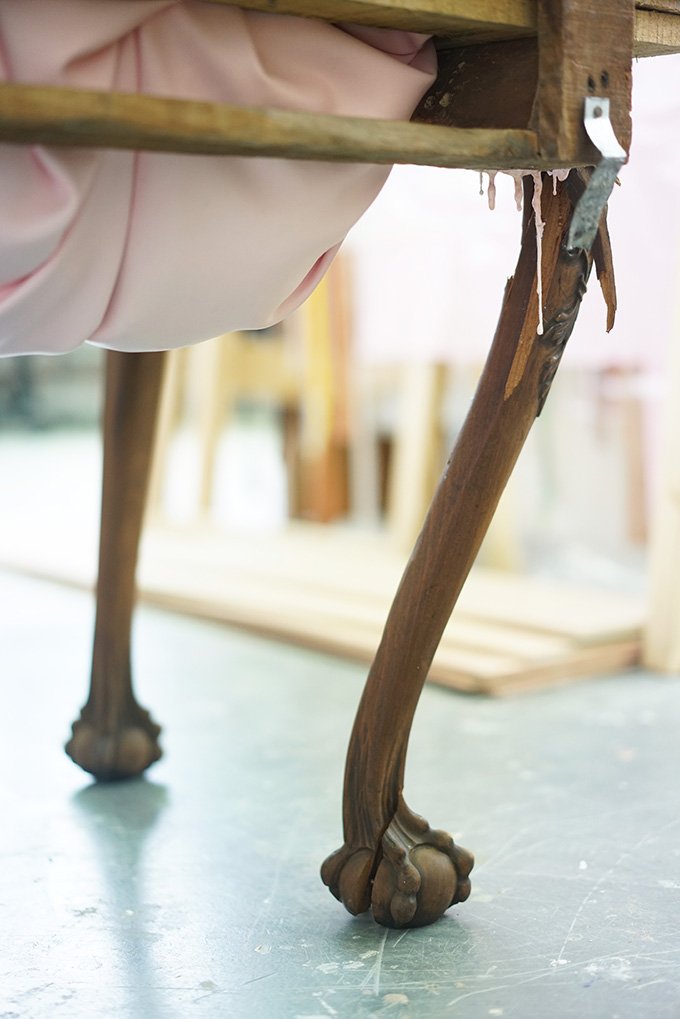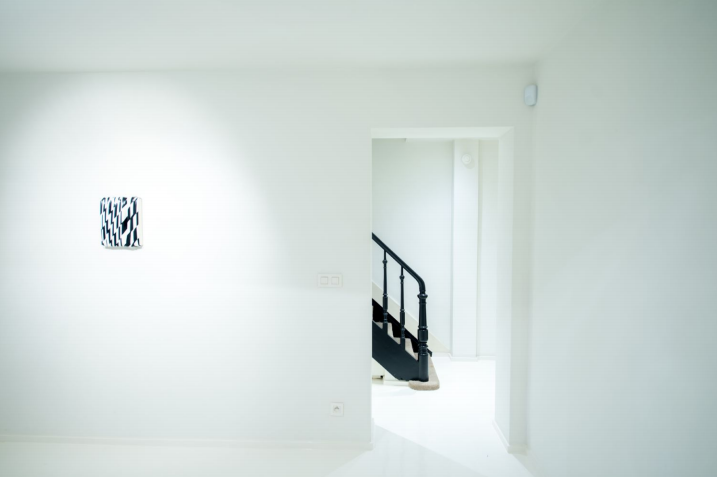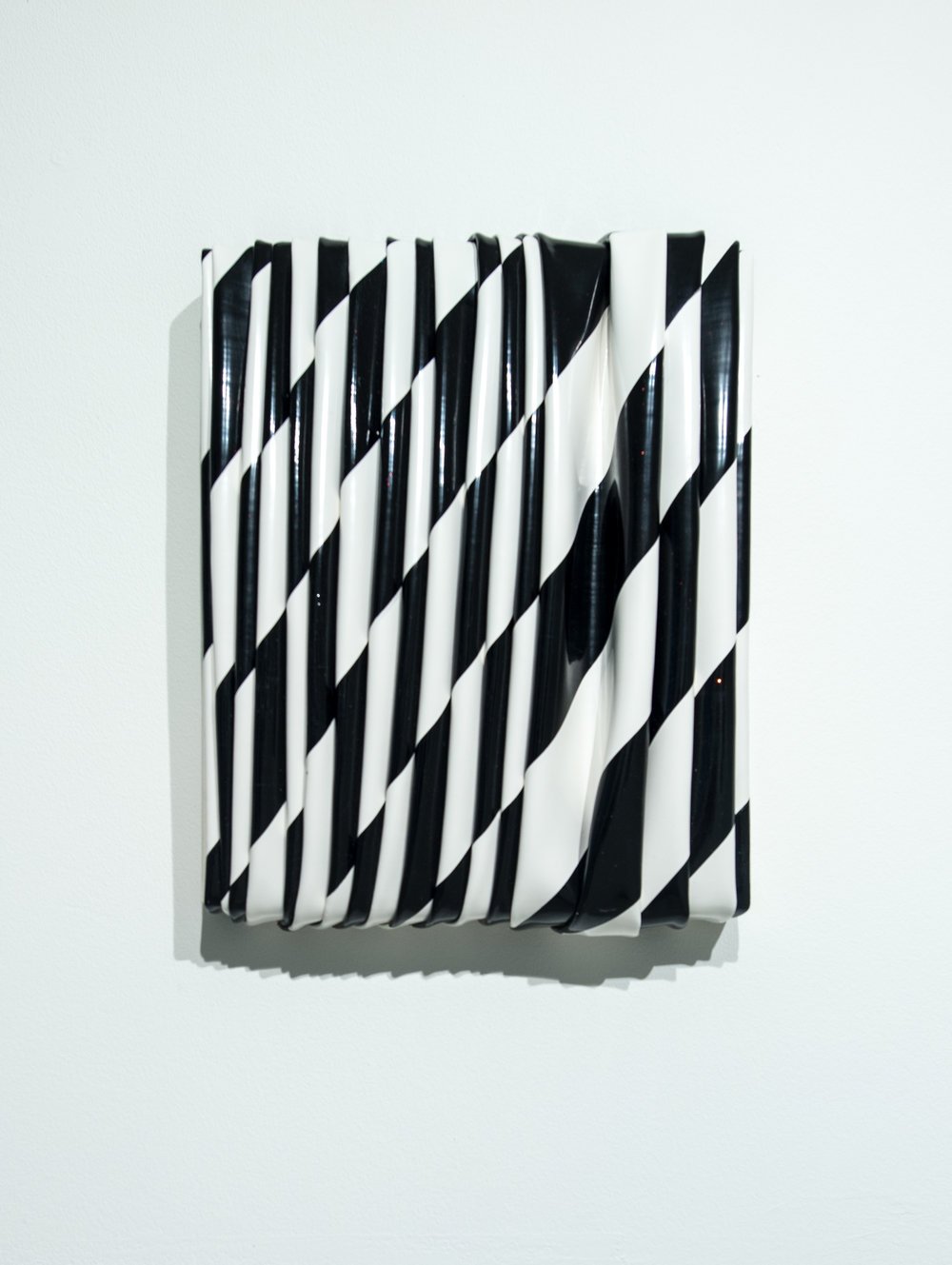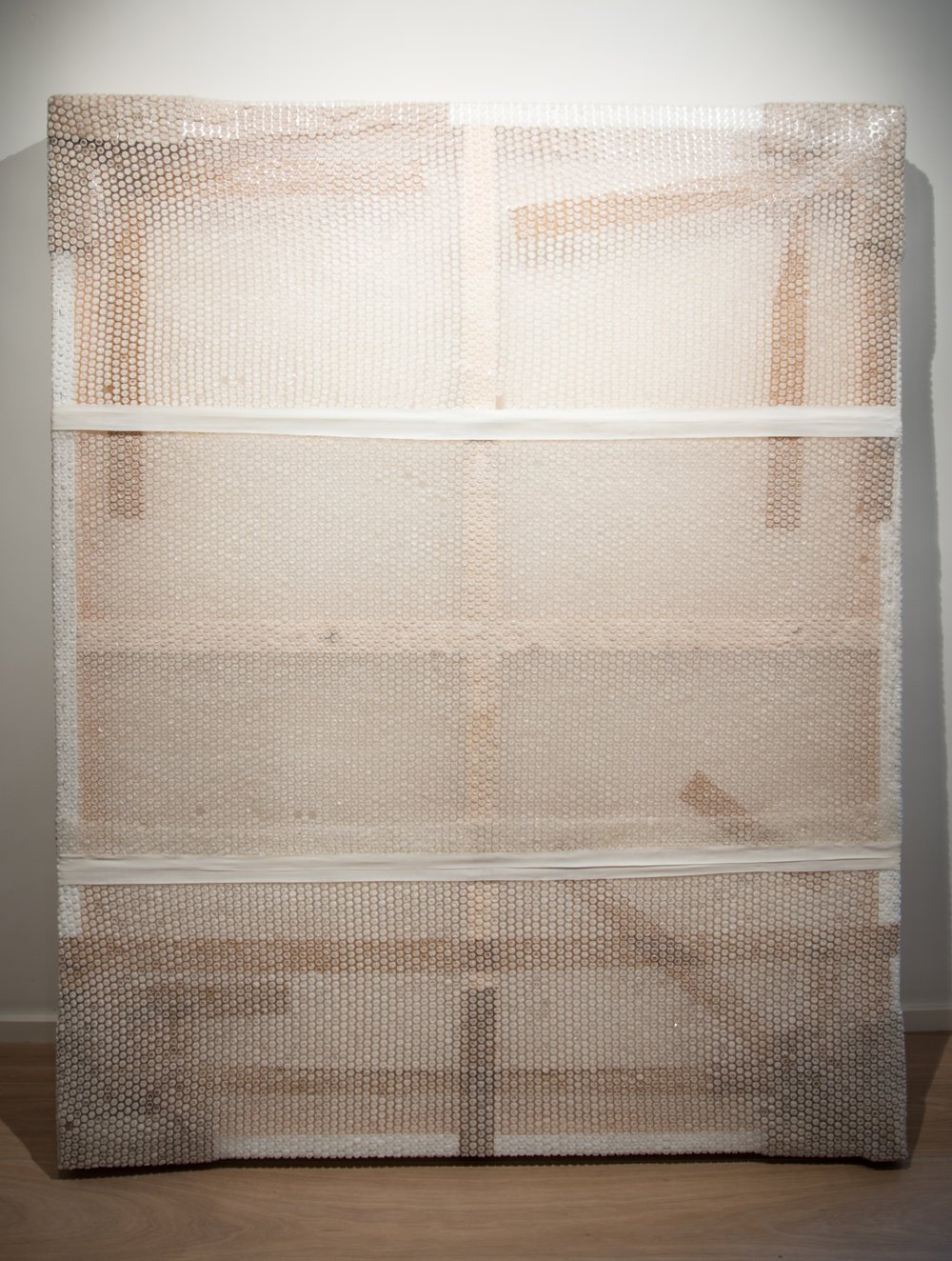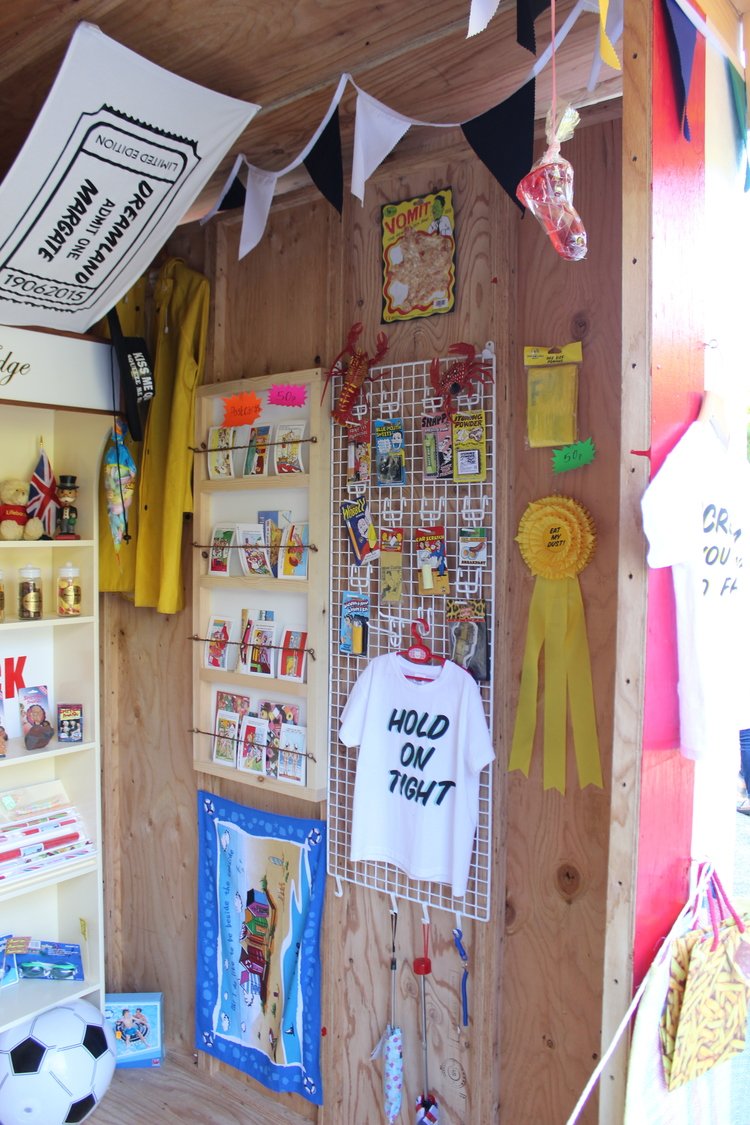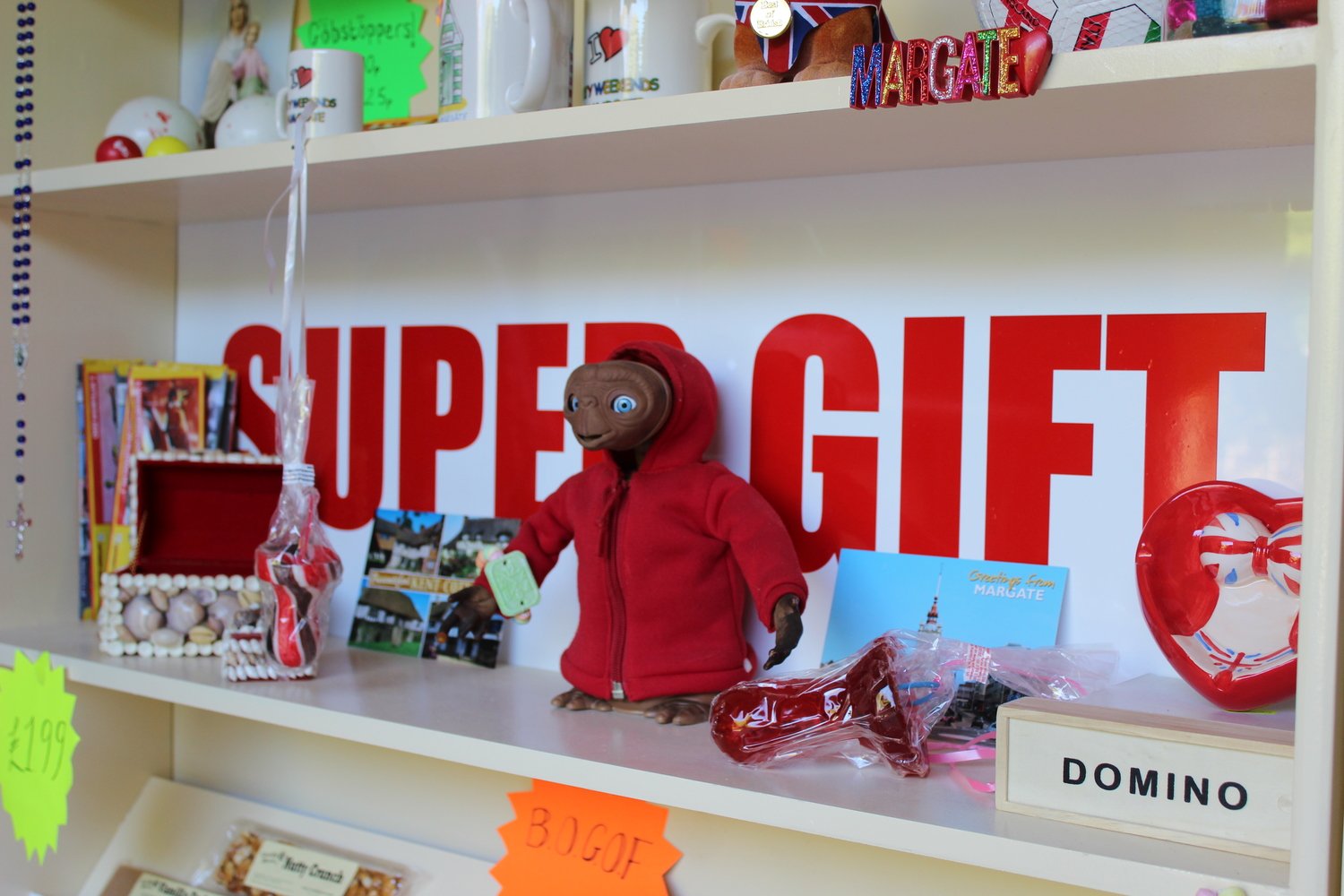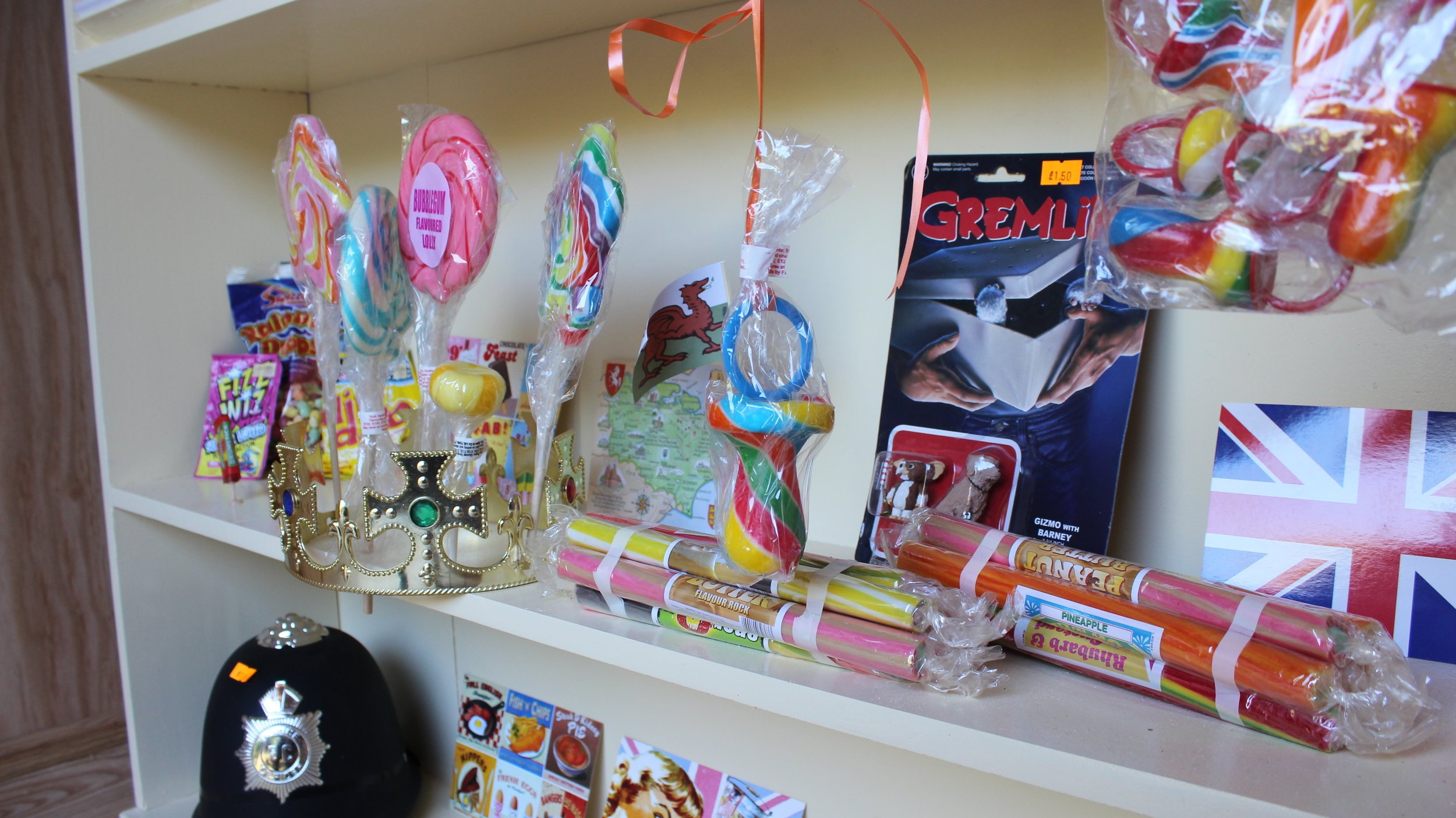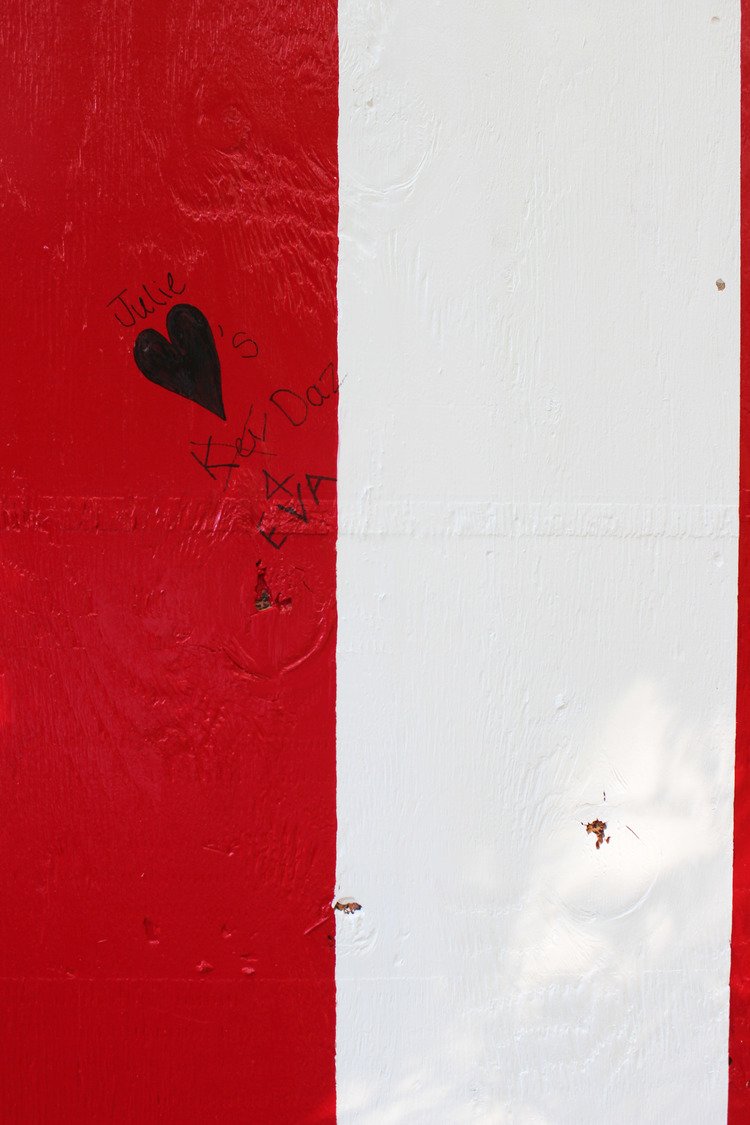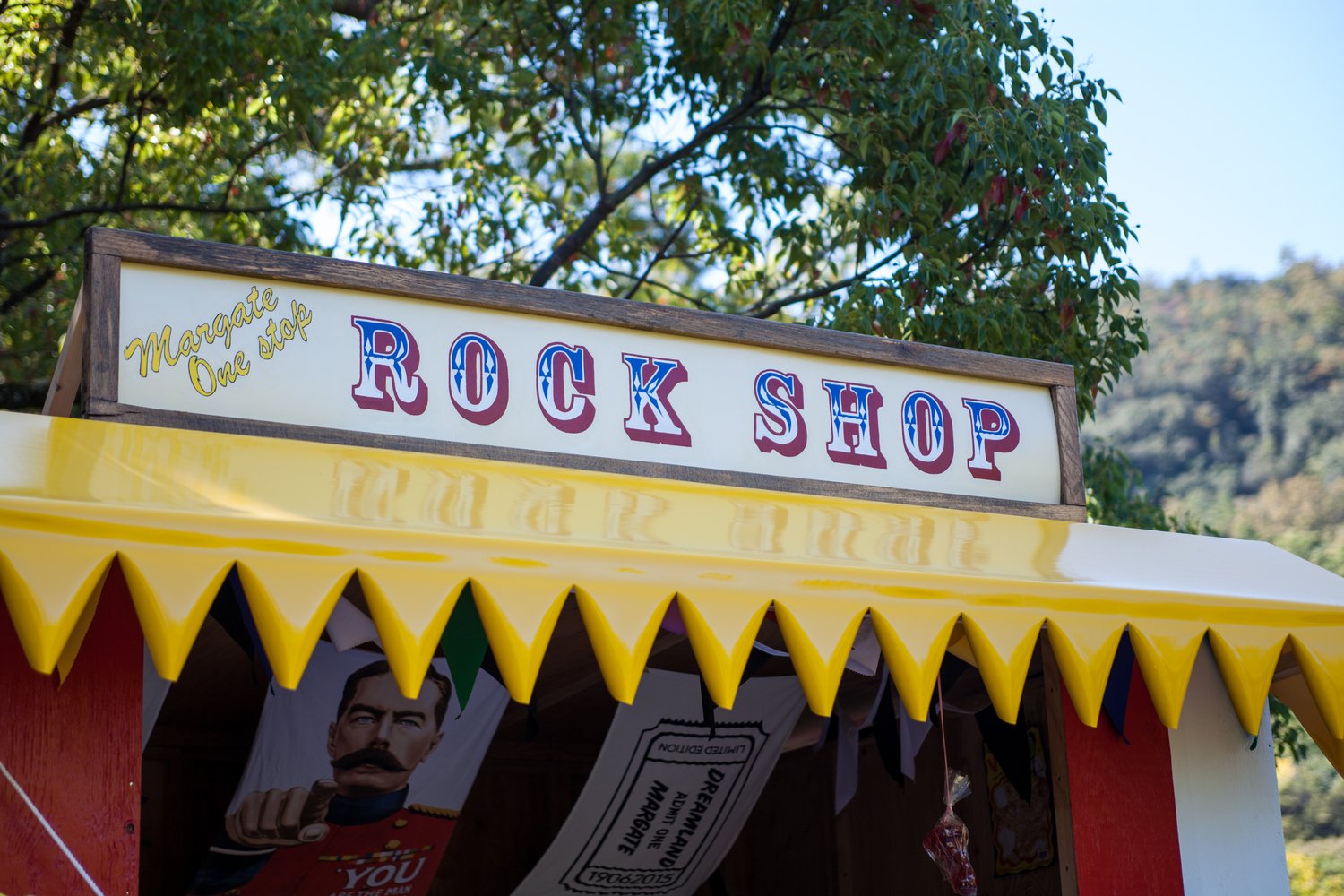Runt - Third Rendition Margate
James Tailor:
RUNT – Third Rendition
Following acclaimed presentations at Second Act (London) and Paradise Works (Manchester), James Tailor returns with the third and most expansive iteration of Runt. Hosted as part of the Margate Pride Art Map, this version takes on a powerful new resonance—as both a celebration of LGBTQI+ history and a testament to queer resilience. Presented by a queer artist, this exhibition becomes not just a continuation, but a culmination of a deeply personal and political journey.
This rendition features assemblage sculptures, a newly composed sound piece, and an ambitious collection of 104 paintings from Tailor’s ongoing series of 30 x 26 cm canvases. The expanded scale intensifies Tailor’s exploration of marginalisation, endurance, and the inherent value of what society too often deems insignificant.
The title Runt—commonly used to describe the smallest or weakest member of a litter—embodies themes of vulnerability, neglect, and outsider status. While these ideas anchored the original exhibition, they gain new dimensionality here. The gallery becomes an immersive, layered space that invites viewers to reckon with the emotional architecture of the overlooked.
As the exhibition moves from city to city, it accrues new meaning. Each location shifts the context, echoing Tailor’s core inquiry: Who decides what is worthy? What does survival look like? The 104 small canvases form a collective chorus—fragmented memories that together amplify the voices of the unseen and unheard. Their repetition speaks to the power of persistence. Each piece, in its quiet singularity, contributes to a wider narrative of resilience, interdependence, and reclamation.
At the centre of the show stands a monumental sculpture—a visceral counterpoint to the intimacy of the paintings. As in previous renditions, this towering form serves as a physical embodiment of emotional and historical weight. It anchors the exhibition in a shared reality: that the personal and political are inseparable. This tension between the intimate and the immense mirrors the duality of queer experience—of being both hyper-visible and erased, of carrying both trauma and joy. Within the context of Pride, this interplay becomes even more potent, echoing the acts of resistance, reinvention, and visibility that define queer history.
Dates
Opening evening: 1st August 2025 18.00 - 21.00pm
Open 2nd August - 15th August 2025 12.00 - 16.00pm
OR by Appointment
Kavel Rafferty Gallery 22-23 Cecil Square, Margate CT9 1BA
________________________________________
Press Enquiries
James Tailor Email: jamestailor.art@gmail.com
